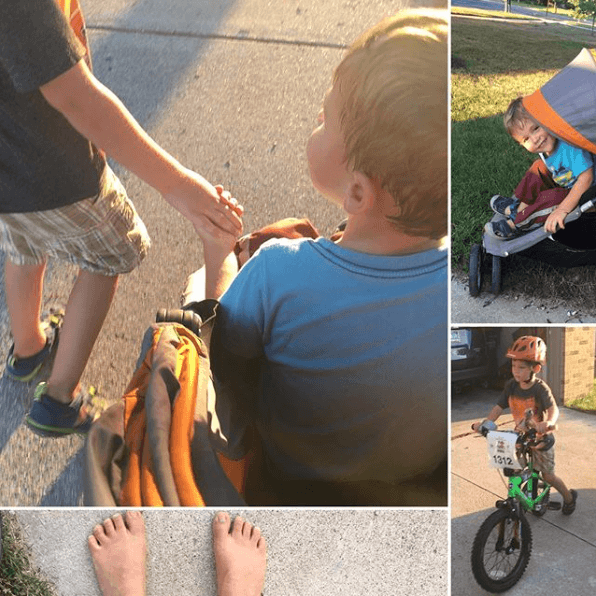Alignment and biomechanics can feel like a bit of a minefield. There is a lot of overwhelm when you start looking into it. If you’ve recently started reading about alignment, then for the first time you’re noticing the connections. Between your pelvic floor, wearing your favorite heels or sitting for long periods at a desk or in the car. Alignment for diastasis recti especially, is a lot of information to take in. Remember at MUTU our programme has been designed to guide you with the need-to-know and to dig deeper where you want to.

The advice from sources like MUTU or Katy Bowman is to sit less, ditch those gorgeous shoes, and make time to walk every day. All before we’ve even gotten onto your ribs, squats or toes.
I understand how it’s easy to get flustered over the whole alignment thing. Here’s a quick video blog and more resources and links to answer some of the questions you might have.
You’ll find more information on Alignment and how it affects diastasis recti, pelvic floor and recovery here and a bunch of alignment videos on our YouTube channel here!
Check your own alignment for diastasis recti
Assessing yourself for diastasis recti symptoms, or abdominal separation, is easy to do at home following this simple guide Diastasis self test video here. When checking for diastasis recti symptoms you are assessing not only the width of the gap, but also the depth or ‘squidgy-ness’. Both these measures, along with other symptoms or feelings to watch for, will determine the severity of your diastasis, and what you can do.












